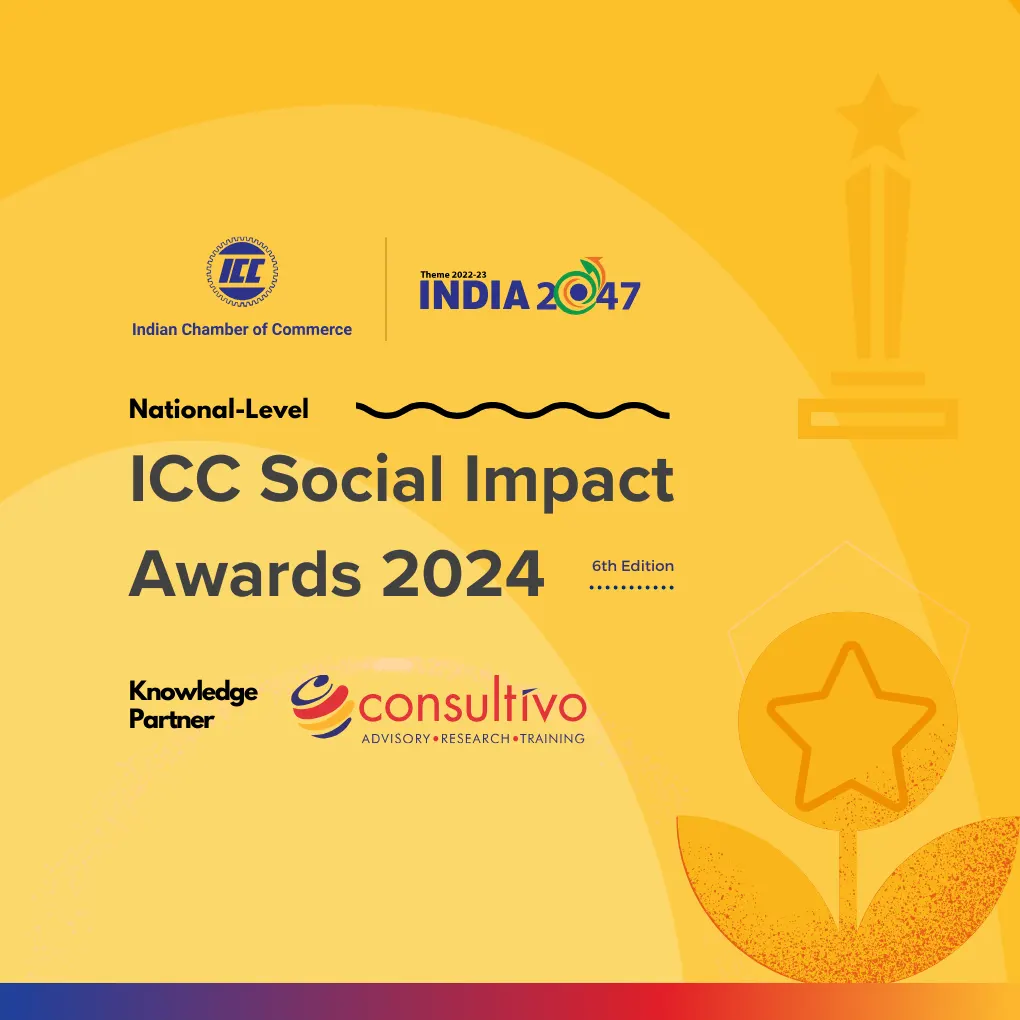Consultivo Blog | Social & Sustainability
The purpose of the stakeholder mapping and engagement is to ensure sustainability of the organisation.
A structural overview of an organisation would present a web with numerous linkages & chain with the various stakeholders.
Stakeholder Map and subsequent Engagement – the purpose is to ensure sustainability of the organisation with a mutually benefit oriented co-existence with its stakeholders and interested parties.
Stakeholders form the very basic element of an organisation & without which any organisation would cease to exist.
Stakeholder mapping and engagement
A structural overview of an organisation would present a web with numerous linkages & chain with the various stakeholders. A disruption in any one of them might have a cascading effect & a huge impact on the survival of the organisation.
So what does one need to do to ensure that these connections remain forever & strong, creating a sustainable organisation? But these aren’t mechanical chains!
The entire structure is formed of relationships with individuals & groups wherein the different human emotions have a role to play viz. trust, confidence, need, expectations, grievance, dependency etc. The key to engagement of stakeholder lies in identifying these emotions & addressing them appropriately.
I would like to share a real case study of a stakeholder engagement carried out by us.
A large thermal power plant with an objective of sustainability decided to go ahead with engaging each of its stakeholders. It was a complete project having all the classical/mandatory steps that is expected in such a project. Since Consultivo was given the responsibility of executing this project, we decided to do this based on AA1000SES & other international best practices.
The first & foremost step was to identify all the stakeholders, which was done through initial discussion with top management & process owners. Besides, an overview of the organisation which included its business, shareholders, financial performance, policies, and objectives was obtained through secondary data. A preliminary list thus evolved from the same
The list was verified & validated after an in-depth discussion & interview with each individual process owners. During the process, it was taken care to understand the inputs & output of each of the processes and the stakeholders involved in this conversion. At the end, all the stakeholders were collated to form a final list of stakeholders. The final list was further categorised into stakeholders who represented groups viz. community, NGO, contractors, vendors, etc & the rest were treated as individuals.
The identification was followed by mapping of stakeholders which is the most critical step of stakeholder engagement. Some of the common attributes of stakeholders – dependency, willingness, proximity, influence, etc were used for mapping and thus helped in analysing further. Mapping was carried out through KII Interviews, discussions, brainstorming & Focussed Group Discussion depending on the type of stakeholder. For the various group of stakeholders, a sampling technique was adopted, in order to have proper representation of the group. During the process, the issues & expectations of the stakeholders were gathered for materiality assessment.
Based on the mapping, the stakeholders were analysed and further prioritised on a matrix grid of High, Medium & Low. A stakeholder engagement & communication strategy was outlined/drawn based on the priority of each type of stakeholder as well as considering the materiality assessment.
The strategy comprised of the various methods of engaging the stakeholder and the suitable method of communicating with each of the stakeholder along with a timeline. This would make sure that the engagement process isn’t limited to a one time activity.
The project seems to be simple while reading & one might feel that just following a few steps would enable implementation of a successful Stakeholder Engagement Project. But take my word – It’s a lot easier said than to be done.
To be true, I have presented a simpler picture in this blog and have intentionally skipped the obstacles & challenges which I would share with you in my next blog.
Till then, happy knowledge sharing!

Share this post
Category: Blog
Tags: Social & Sustainability
Related insights
News & Events
News & Events
Blogs
Blogs
Blogs
View more in Impact Stories | Blogs | Knowledge Bank | News and Events








